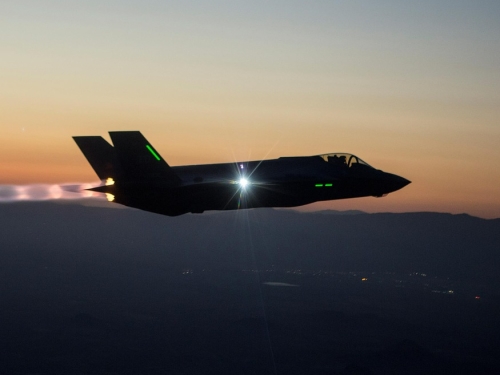
This article was originally published by War on the Rocks on 19 August, 2015.
“A modern, autonomous, and thoroughly trained Air Force in being at all times will not alone be sufficient, but without it there can be no national security.”
— General H. H. ‘Hap’ Arnold, USAAF
The beginning of the 21st century has been hard on the Department of Defense. Following closely behind two 20th-century successes in Iraq and the former Yugoslavia, the Department of Defense (DoD) was knocked back on its heels following the September 11 attacks. Departing from the successful post-Vietnam template that relied on airpower to seek limited objectives, the United States engaged in two costly, drawn out, and ultimately unsuccessful campaigns in Iraq and Afghanistan. The ground-centric approach failed to achieve stated goals, mired the U.S. military in complex local political contests, and so constrained two presidents that they both were forced to choose between losing now, and reinforcing failure (losing later).

